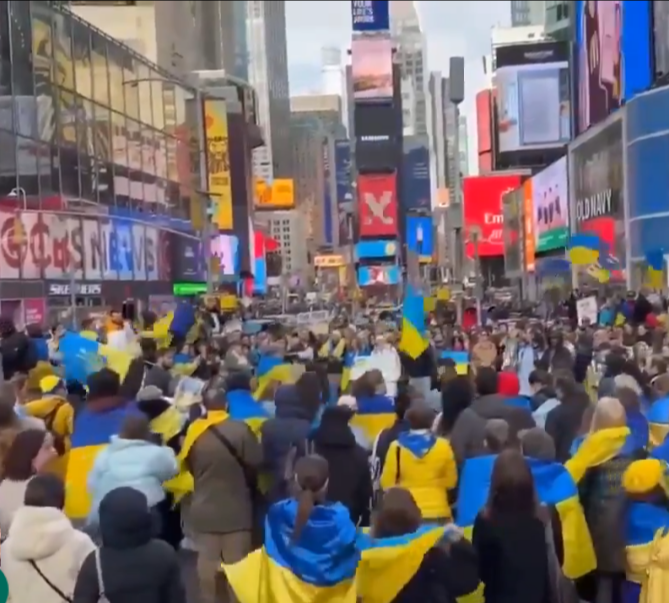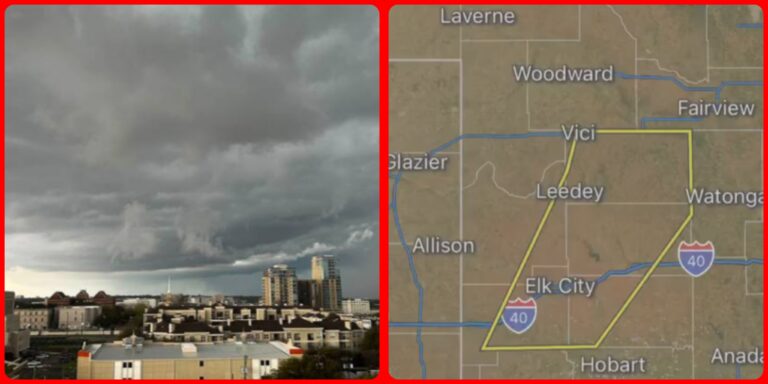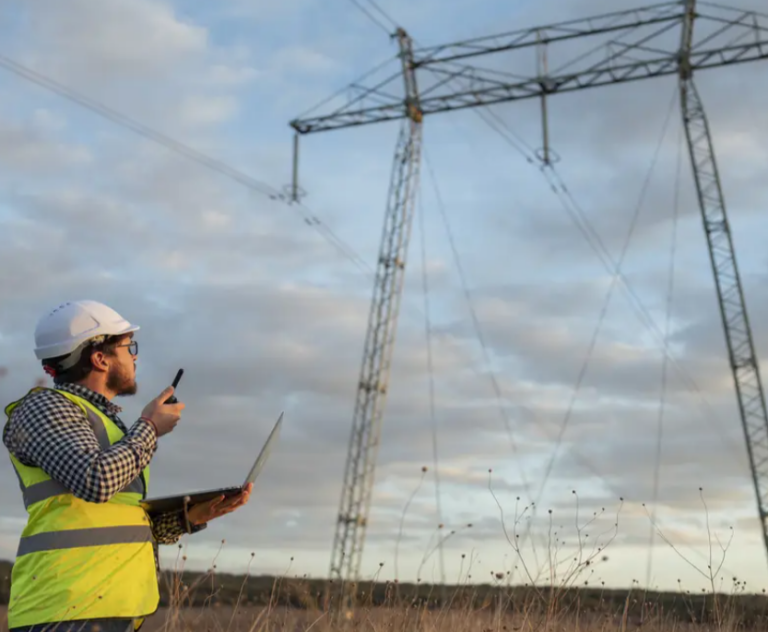
July 26, 2022
The electric bill Chantel Watkins pays every month costs more than a week of groceries for her family of four.
Yet at any given moment, the power might flicker off, setting in motion a series of expensive and potentially deadly events.
Depending on how long it takes for electricity to be restored, the food might spoil in the fridge. If there’s heavy rain, like last year, the basement of her townhouse on Detroit’s East Side might flood with the electric sump pump disabled.
If her partner or 11-year-old stepson have an asthma attack, especially if the power goes out during a lung-constricting heat wave, she might need to call an ambulance, since the breathing machines they use need power and don’t have batteries.
Outages are so routine in the Detroit suburb where Watkins’ parents live ― up to six times a year ― that the retirees depleted their savings buying a generator to shore up her father’s breathing machines.
Detroit’s long-neglected power grid failed her most recently on a hot afternoon in May. At home with her infant son, Watkins, 31, a nonprofit worker, lost electricity for six hours.
She had to frantically call her partner and her stepson to tell them to stay at work and school, lest the 90-degree air in the house trigger an attack.
Millions of people across the United States may soon join Watkins in teetering on the edge between modernity and darkness.
The patchwork of power grids that kept the country’s lights on for much of the last century is dangerously strained.
Extreme weather and growing electricity use are demanding more of the grid at just the moment when the supply of 24/7 power is shrinking.
With heat waves already roasting broad swaths of the nation, this summer’s brutal forecasts mean rolling blackouts are more likely than at any other point in living memory ― and the risk only gets worse by the year.
In Texas this month, where ideologically guided deregulation caused rolling blackouts last year that left hundreds dead, the grid operator urged customers to cut back on power use as demand surged.
In New York City, where a nuclear plant that once provided the bulk of the five boroughs’ zero-carbon power shut down last year, the local power utility sent text messages last week urging ratepayers to cut back amid a heat wave.
In California, rolling blackouts have become a feature of wildfire season as the utilities prefer shutting down power lines to the legal liability of potentially having some equipment spark a blaze.
Of the country’s nine grid regions, none is more vulnerable this year than the Midcontinent Independent System Operator (MISO).
It covers Watkins and the 42 million other people living in 15 states along the Mississippi River, from Louisiana to Michigan and beyond, into the Canadian province of Manitoba.
“We’re the greatest country in the world,” said Tony Anderson, the general manager of the Cherryland Electric Cooperative in Grawn, Michigan.
“And now we’re talking about shutting people off because we don’t have the generation to serve them.”
© CopyRights RawNews1st




